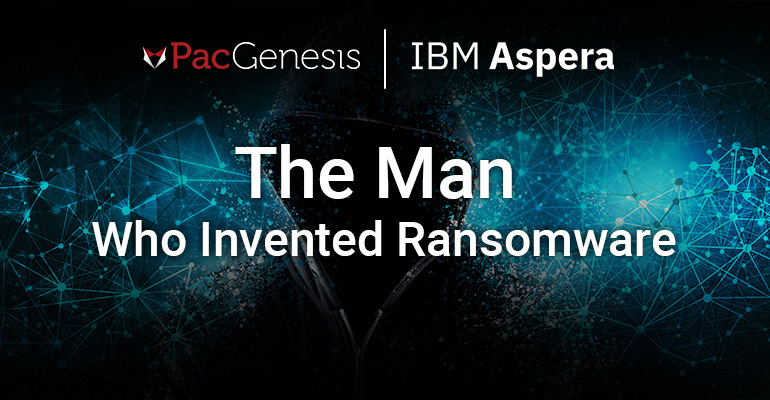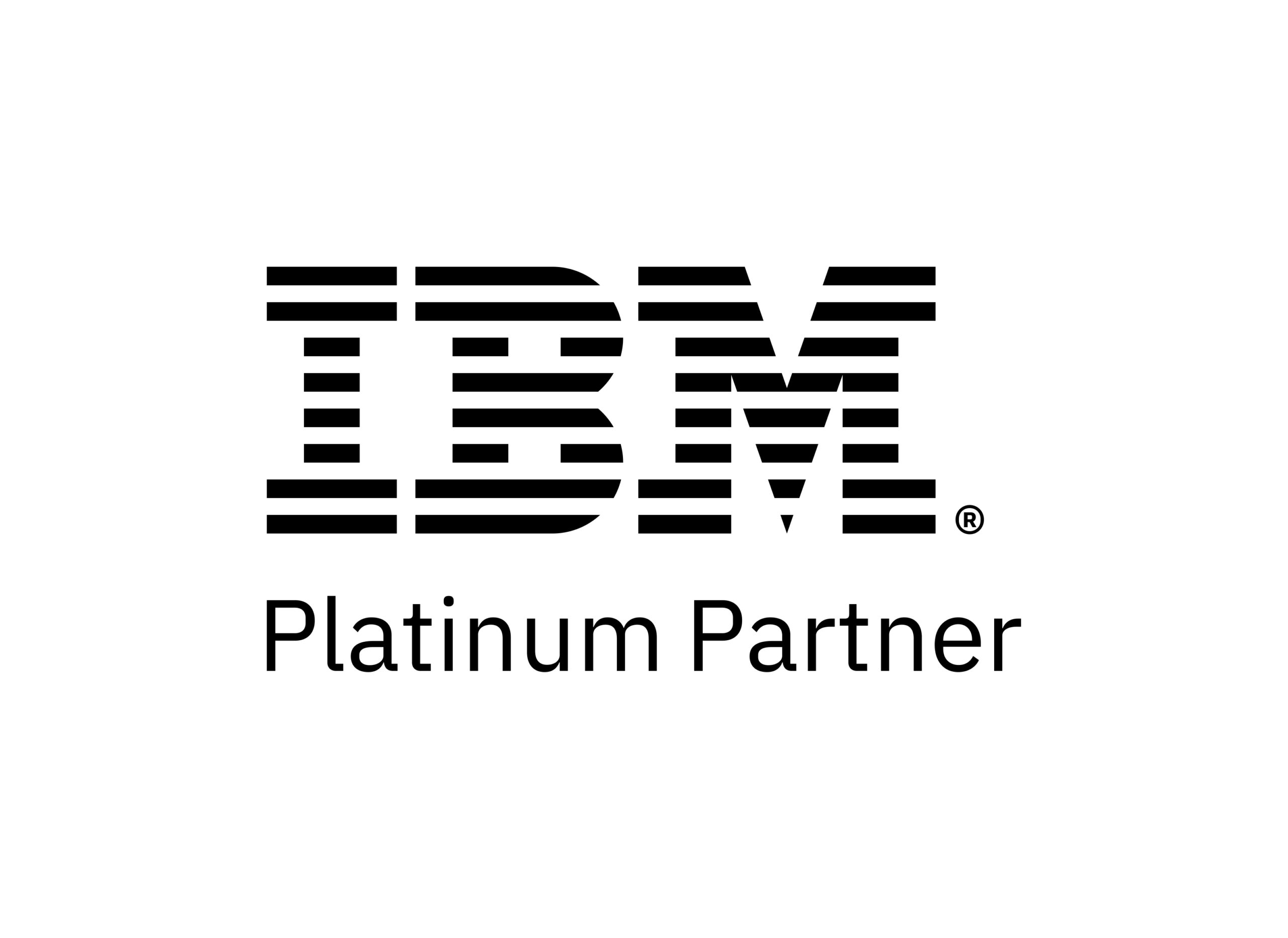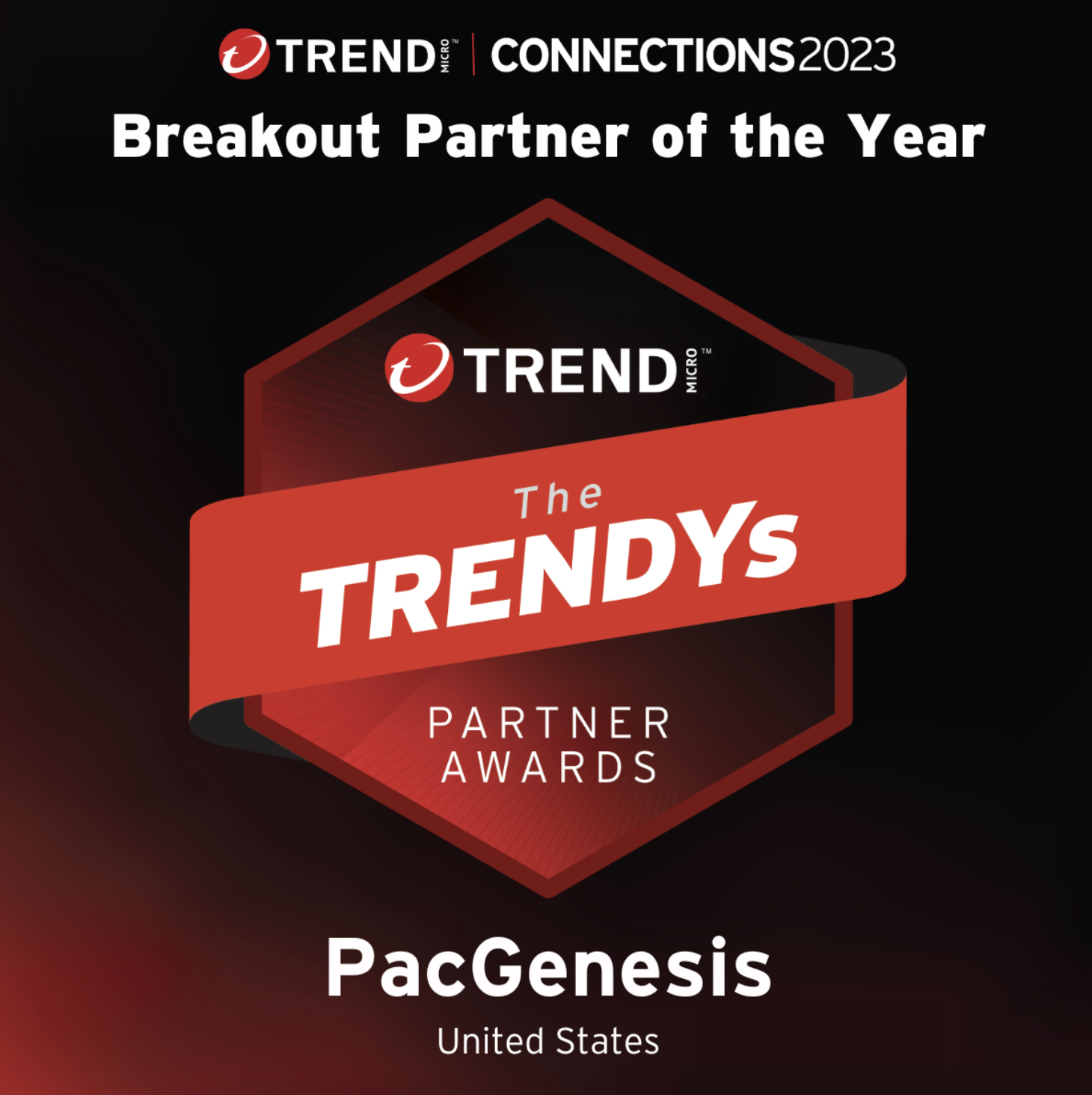The Man Who Invented Ransomware

The Man Who Invented Ransomware
From a petty crime to a major economic windfall for global criminals, ransomware has evolved from its first appearance decades ago. The first ransomware attack ever documented was in 1989, referred to as AIDS Trojan or PS Cyborg. A Harvard-trained evolutionary biologist, Joseph L. Popp sent 20,000 infected floppy disks. These disks were labeled “AIDS Information – Introductory Diskettes” to attendees of the World Health Organizations international AIDS conference.
After 90 reboots, the ransomware hid directories and encrypted the names of the files on the customer’s computer. The victims needed to send $189 to a P.O. box in Panama to restore access to their systems, even though it was a simple virus that utilized symmetric cryptography.
Sections
The Rise of Ransomware
Even with a long history, ransomware attacks were not widespread until late into the 2000s. The emergence of cryptocurrency like Bitcoin changed that. With an easy, untraceable method for payments from victims, virtual currency allowed ransomware to become more common.
In 2011, 60,000 new ransomware was detected and by the following year, it more than doubled. Some common ones include:
- CryptoLocker – enters company by email
- Locker – copycat software
- CryptoLocker 2.0 – an improved version
- CryptorBit – corrupts the first 1024 bytes of data files it finds
- CryptoWall – exploited a Java vulnerability
How to Protect Against Ransomware
Recovery can be a difficult, expensive process that may require services from a reputable data recovery specialist. Users and administrators should take the following measures to protect their computer networks from ransomware infections:
- Create and employ a data backup and recovery plan for all critical information. Perform and test regular backup to limit the impact of system loss and expedite the recovery process.
- Keep your system and software up-to-date with the latest patches. Vulnerable applications and operating systems are the targets of most attacks.
- Maintain up-to-date antivirus software and scan all software downloaded from the internet prior to executing.
- Restrict users’ permissions to install and run unwanted software applications. This may prevent malware from running or limiting its capability to spread.
- Avoid enabling macros from email attachments. When a user opens the attachment and enables macros, embedded code will execute the malware on the machine.
- Do not follow unsolicited links in emails.
Ransomware Protection with PacGenesis
The best way to stop ransomware is to take a multi-layered approach to prevent it from reaching networks and systems. That’s why it’s important to learn about ransomware, be cautious of how devices are being used, and install security software to prevent attacks. PacGenesis is a team of advisors with over 10 years of experience working with businesses on finding and implementing data security solutions. We work with leading cybersecurity companies to partner you with a team that can help secure your system and softwares. To find out how we can help you find the best solution, contact us today.
To learn more about PacGenesis, follow @PacGenesis on Facebook, Twitter, and LinkedIn or visit pacgenesis.com.



